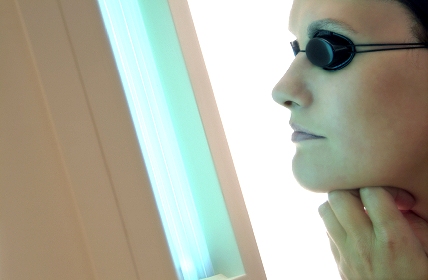Remember back in early 2010 when we compared Plasma screens and LCD display technology? Well, that post covered a lot of ground, and the decision-tree is still a valid and great tool. But now we have a third horse in the race, and it looks like a triple-crown winner… if price is no object. LED-lit LCD screens are almost perfect.
The difference between plasma and LCD wavered for some time, with each offering different economic and visual benefits depending on the model, price, and time in the life cycle of HDTVs. But in the past couple of years, with the advent of increasingly sophisticated LED backlighting, we finally have a true winner. With its unmatched energy efficiency, LED-based LCD is the best flat-panel HDTV technology. Unfortunately, it’s also generally the most expensive. — CNET Technologies, June 2011
Okay all you traditional (digital print, routing, illuminated channel letter) sign professionals, here’s something you are familiar with: Cold Cathode and LED. Yup. It’s here, too, in dynamic digital signage. Traditional LCD HDTVs use cold cathode fluorescent lights (CCFLs) to illuminate the screen. CCFLs are similar to the fluorescent lights you might see in your lamps and overhead light fixtures. They use a charged gas to produce light. LED-LCD screens, like their name implies, use light emitting diodes (LEDs) to illuminate the display.
 So what are the advantages when it comes to digital signs? Well, as you might have guessed, LED-LCD is thinner, brighter, and the contrast ratios are out of this world.
So what are the advantages when it comes to digital signs? Well, as you might have guessed, LED-LCD is thinner, brighter, and the contrast ratios are out of this world.
For this advantage, LED HDTVs command a premium; for all major HDTV manufacturers, LED-backlit HDTVs can cost a few hundred dollars more than CCFL-backlit HDTVs of the same size. Generally, plasma HDTVs tend to be the least expensive, priced at equal to or slightly less than CCFL-backlit HDTVs. However, that savings means the screen will be thicker and much more power-hungry, even if it does offer as good a picture as an LED-backlit HDTV.
How good the picture looks, especially if you’re a videophile or a cinema fanatic, is the most vital aspect of any HDTV. Specifically, peak white and black levels determine how detailed a picture can look on a screen. Historically, plasma HDTVs have produced the best black levels, but the domination of plasma in this field, however, is over. The current PC Magazine Editors’ Choice HDTV, the LED-based LG Infinia 47LW5600, puts out only 0.01 cd/m2, the best level we can measure. Of course it’s an LG – one of LobbyPOP’s favorite brands!
So, you if you recall that decision tree of our LCD-Plasma comparison post, then consider this your update. If energy consumption is important, you will be looking at LCD, of one kind or another. If price is most important, you will be looking at plasma for the larger sizes. If quality, however, is your mantra, and price is no object, then the new LED-LCD screens will be your pick. But always, always, always choose a commercial screen and NOT a consumer model for your sign systems.
 It bears more than a mention here: Commercial screens have what it takes to get the job done, vs consumer screens that pale in comparison.
It bears more than a mention here: Commercial screens have what it takes to get the job done, vs consumer screens that pale in comparison.
The main differences are:
- Commercial units have MORE modes of Video/Picture selection.
- Commercial units have “Adaptive Picture Mode” and consumer units does not.
- Commercial units allow for PC inputs, which few consumer models offer.
- Commercial units have more Decorder formats.
- Commercial unit has actual HDMI in with HDCP. Most consumer units have HDMI In, as DVI with Adapter. This is a pretty big difference.
- Often, commercial units have separate antenna in and separate cable in (more versatility). The consumer units usually have a single antenna/cable input.
- Commercial units come with a two- or three-year warranty on-site. If you use a consumer model for a commercial sign application, you void the warranty.
- Commercial models have heat management systems to accommodate continuous operation. Consumer models are not built for 24-hour operation.
Well, you get the picture! (Pun intended 😉 )
